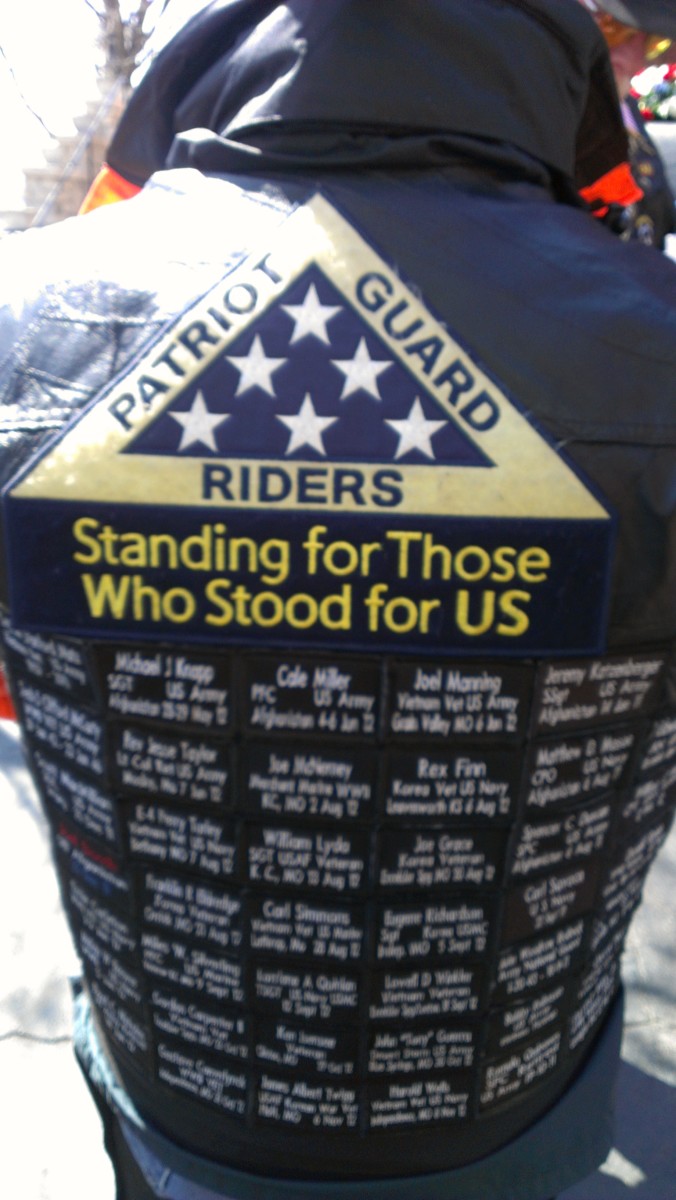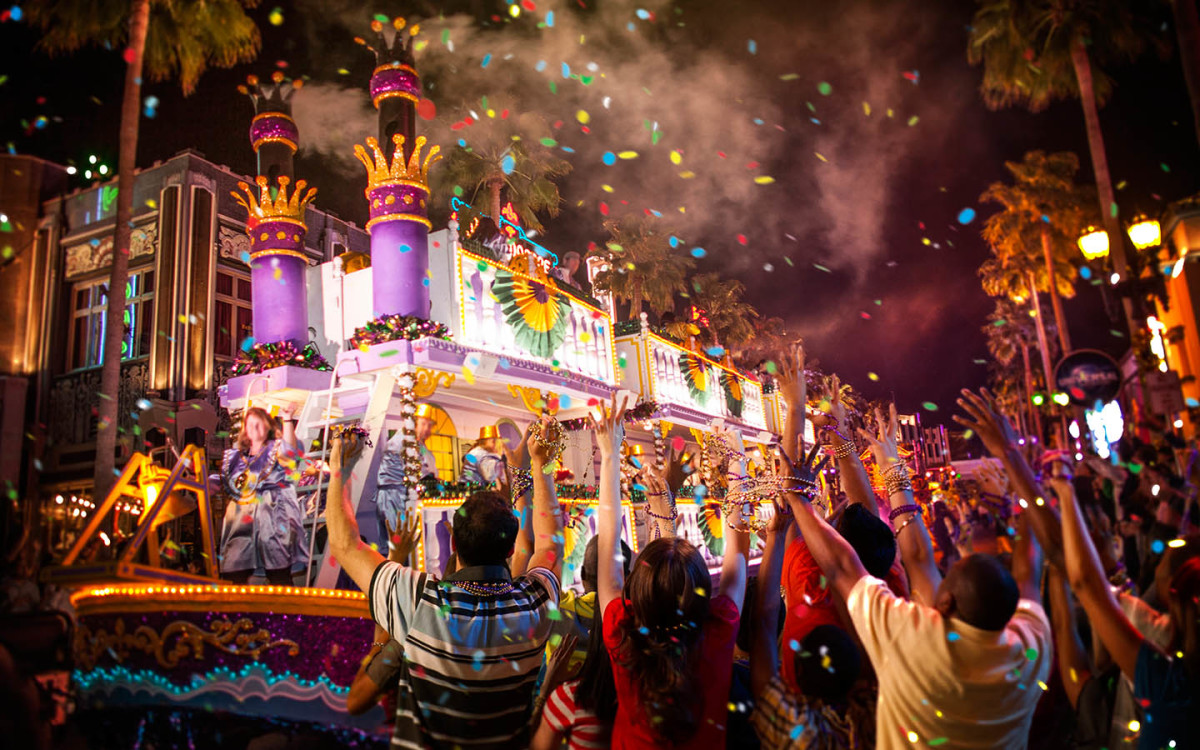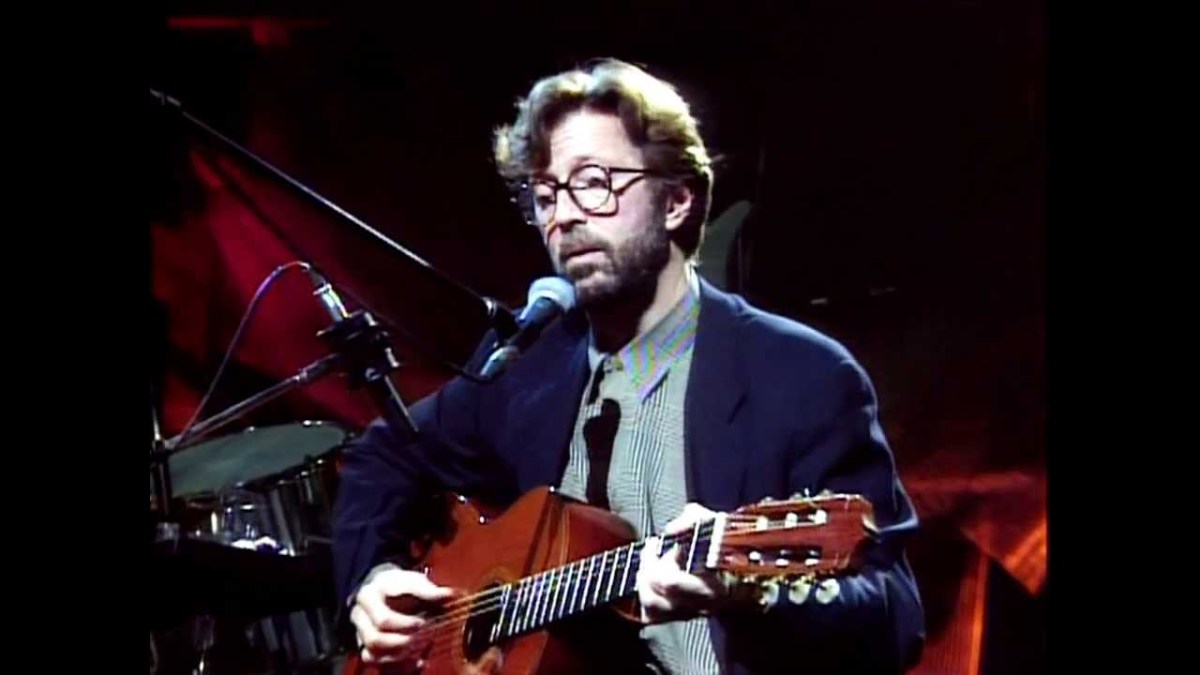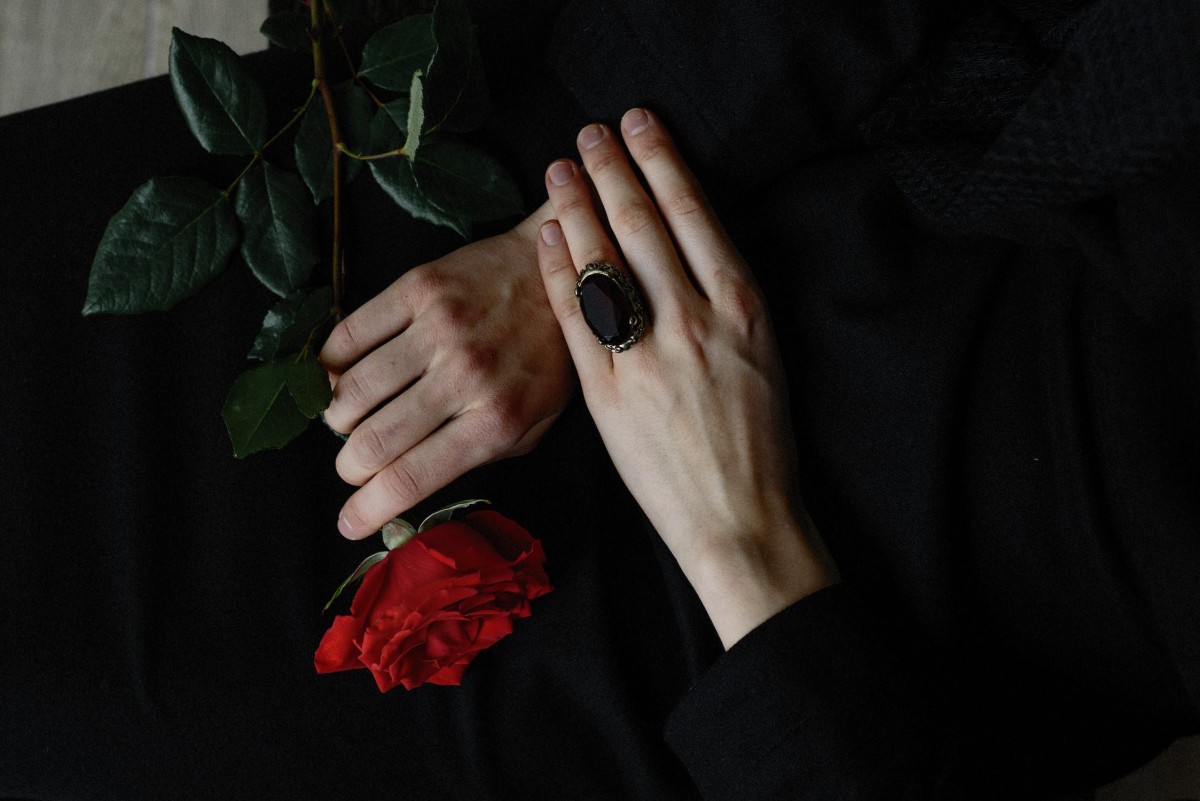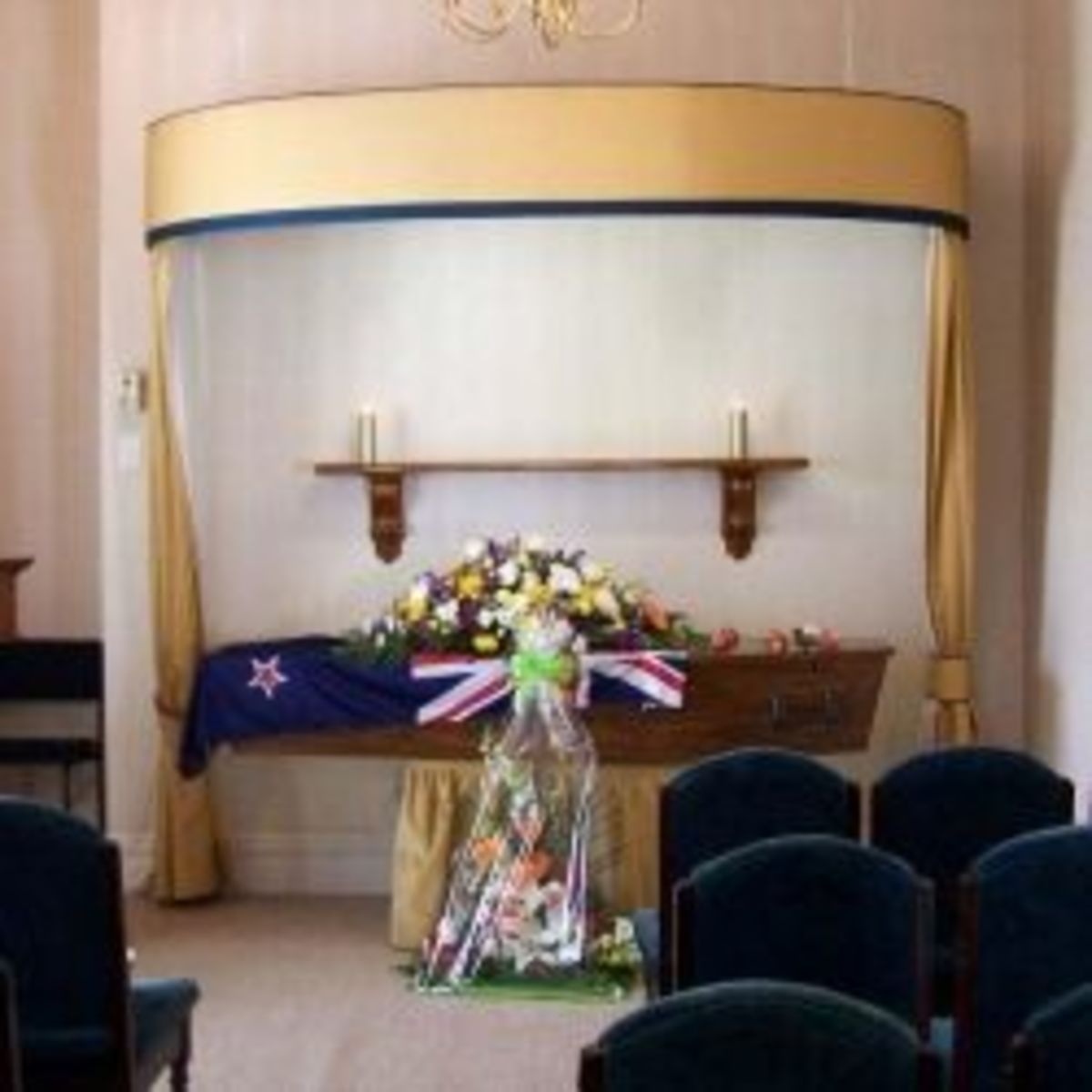- HubPages»
- Travel and Places»
- Visiting North America»
- United States»
- Louisiana
Jazz Funerals and Second Lines in New Orleans
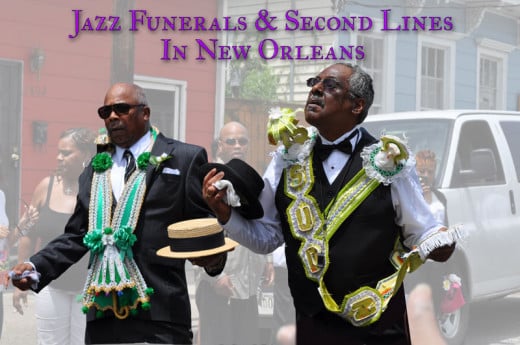
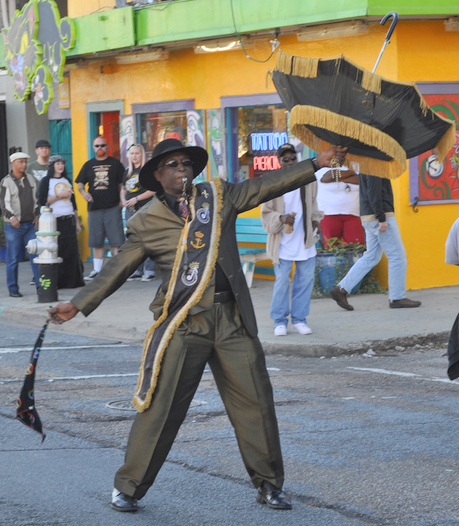
Jazz Funerals get their start
One of the amazing traditions in New Orleans- particularly among musicians, Indians and Krewe people- is the Jazz Funeral, or, as it used to be known "Funeral with music," typically followed by a Second Line parade.
In New Orleans, death has a different feeling than in the rest of the United States; there's a familiarity and comfort with it, because it's been so much closer here than elsewhere. With Yellow Fever, bubonic plague, hurricanes, duels, accidents on the Mississippi River and so many other ways to die prematurely, the people here learned to enjoy every moment while they could, and give a fantastic sendoff to their friends- after all, you never know when it's going to be your turn, and you'd want them to do the same for you, right?
Before the Graveyard
And so, the tradition of a two-part sendoff evolved over time, its roots having come over from Africa with the slaves. The musical styles have changed over the years, with brass bands being the current favorite. A band is generally hired, but often family and friends bring their own instruments to play in honor of the deceased as well.
The "Jazz" part of the funeral begins after the service, when the casket is removed from the church.
Dirges and hymns are sung as the coffin is brought (either by foot or by hearse, depending on distance) to the cemetery. The marchers move slowly, swaying and singing, following behind in mourning, until they arrive at the grave side, where everything changes.
The dirge
A change of pace
Once the dearly departed has been interred, everything changes.
No more dirges or sad songs, it's time to celebrate a life well lived. Parasols come out, white handkerchiefs fly and the dancing begins.
Second line celebration
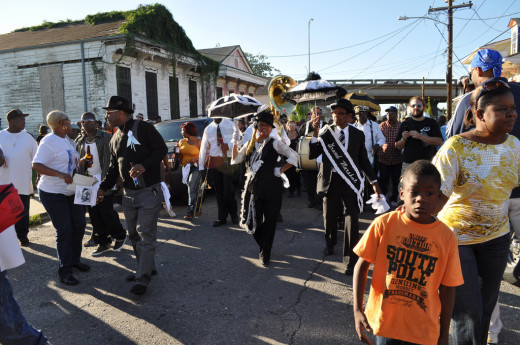
Start the Second Line!
About Kerwin James & Second Line Controversy
Both of these videos are from the service of Kerwin James, a local musician
Only 33, Kerwin had a stroke after Hurricane Katrina, succumbing in 2007. His bio, according to a writeup in the Times-Pic:
Kerwin James is truly a product of New Orleans. He grew up in the Sixth Ward playing the snare drum at the age of eight and began picking up the tuba a few years later. The young James would accompany his brother Philip Frazier of the Rebirth Brass Band to the band's gigs and act as Grand Marshall, dancing and occasionally sitting in with the band. By the time Kerwin was eleven years old, he had made enough tips playing in the French Quarter to buy his first horn. Since then, James has played with the Jr. Olympia Brass Band, the Allstars and the Rebirth Brass Band.
Unfortunately, James' funeral became a flashpoint in the community. Again from the Times-Picayune:
Monday, at about 8 p.m., nearly 20 police cars swarmed to a Treme corner, breaking up a memorial procession and taking away two well-known neighborhood musicians in handcuffs. The confrontation spurred cries in the neighborhood about the over-reaction and disproportionate enforcement by police, who had often turned a blind eye to the traditional memorial ceremonies. Still others say the incident is a sign of a greater attack on the cultural history of the old city neighborhood by well-heeled newcomers attracted to Treme by the very history they seem to threaten. Police say Monday's response was in part generated from unspecified complaints. Tabb and Andrews face misdemeanor charges of disturbing the peace and parading without a permit. But both returned Tuesday night to the intersection of St. Philip and North Robertson streets to lead another procession for their friend. "I got to be here," Andrews said. "Because I have to stand up for what I believe in."
The other concern, which is not mentioned in the article, is that the parades have occasionally been used as a place to settle 'scores,' particularly if the deceased died violently. The purchasing of permits for the parades is the police's preferred method of dealing with the situation. The permits would pay for police escorts, which would keep private property from being touched, and keep the possibility of danger down. The second line groups argue that this is part of the tradition in the city, and requiring these permits would kill the tradition, since many of these musicians' families are poor and couldn't afford the expense. It's an argument that's not yet settled, and we'll have to keep an eye on it and hope the tradition lives on.
It's hard to get video footage of a tuba player since they're always in the back, but here's a video from a Jazzfest afterparty in 2005, only four months before Hurricane Katrina would hit, and Kerwin would literally walk out of the flooded city with his tuba strapped to his back.
Kerwin at Work
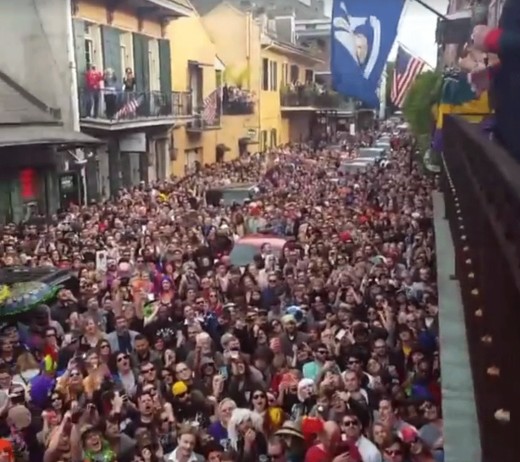
David Bowie's Second Line Tribute
Although he had no direct New Orleans ties, Bowie fans in the region came together to give their grief and shock at his passing an outlet: they threw a second line in his honor on Saturday, January 16, 2016. The Preservation Jazz Hall band and Arcade Fire started a parade that grew to clog the streets as fans danced and sang to honor the beloved singer.
This turned out to be a bit controversial to purists, who worry the art and tradition of the second line is being watered down. In recent years, Second Lines have started to be incorporated into weddings, conventions, and other gatherings, many held purely for the enjoyment of tourists and visitors. The city has had a huge influx of new residents since Hurricane Katrina, many of whom do not know or care about the origins of the custom, and see it simply as another way to enjoy themselves.
Only time will tell how this long standing tradition will evolve, but I have to think that David Bowie would have been tickled at the sight.

